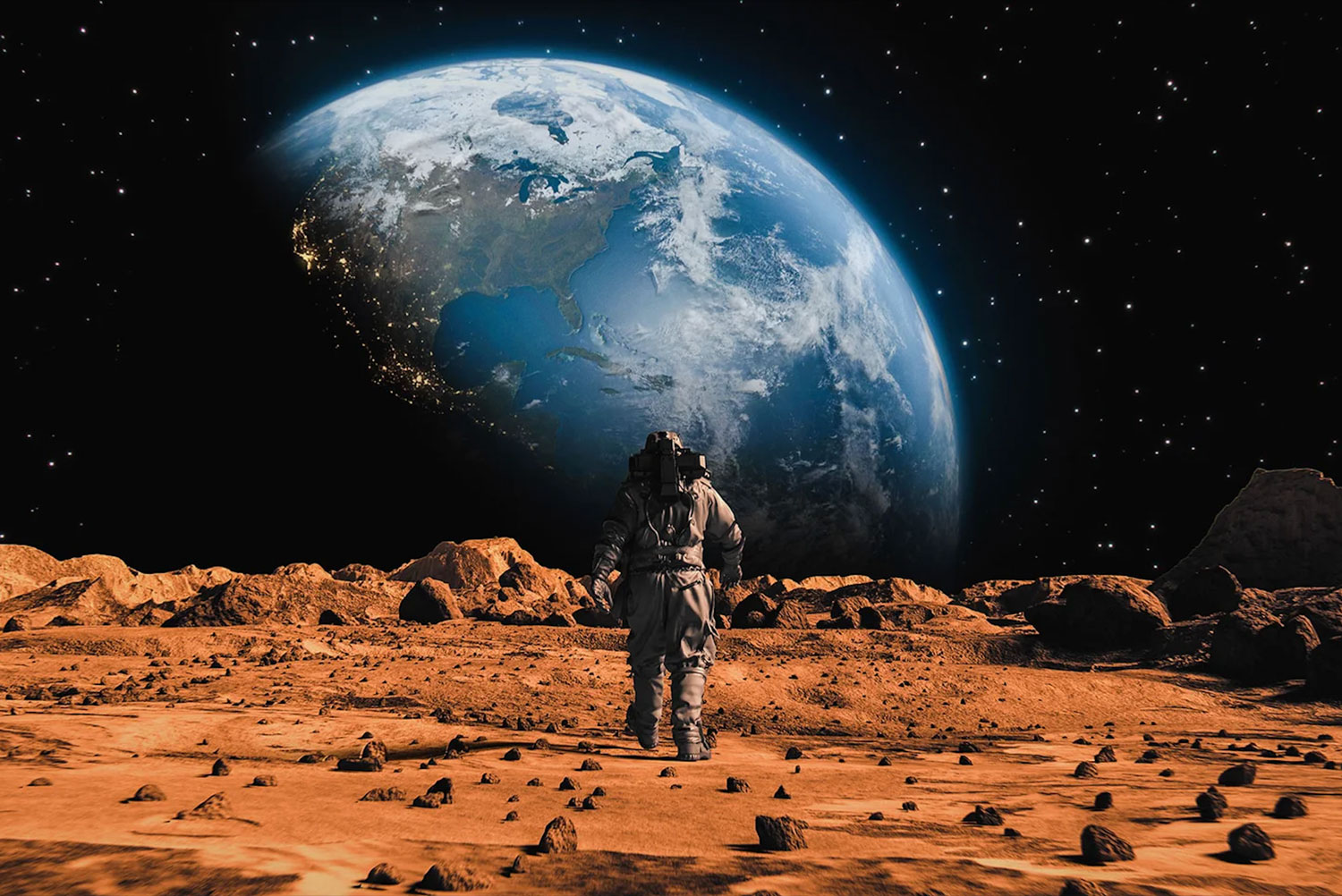
As the earth faces environmental degradation and overpopulation, it is fascinating to see how colonizing Mars has shifted from science fiction to becoming a reality. Through his program named SpaceX, all these visionaries like Elon Musk have made mars colonization seem more possible, thus sparking the interest in transforming this barren world into a livable ecosystem. But Elon Musk’s grand visions of terraforming Mars are both audacious and controversial, posing not just enormous technical challenges but ethical questions as well. Could the desolate landscape of Mars one day be brought back to life, capable of sustaining human life—and if so, how?
With every design and every engineering choice, we move one step closer to one of the biggest frontiers of our era: remodeling planetary landscapes.

Reimagining an Alien Landscape
Mars, though fascinating, is a hostile world with its thin atmosphere comprising mostly carbon dioxide and temperatures plummeting well below freezing. That would have to be radically altered on a number ofarchitectural and ecological grounds to be made a habitable planet. That would include independent, self-sustaining colonies, with newthinking for shelter, food production, water acquisition, and air management-all in ways unprecedented.
Terraforming Mars might involve the creation of a thickened atmosphere and stable climate to render a life outside actually possible for humans. This is achievable by limited controlled releases of greenhouse gases or even nuclear explosions that can release stored carbon dioxide, gradually making the Martian surface temperate and Earth-like.

© BIG
Structural Engineering in an Unforgiving Environment
Martian structures would be exposed to extreme weather, constant exposure to cosmic rays, and intense dust storms. None of theconventional Earth-based building materials would do the trick, and engineers will have to look elsewhere, perhaps to printed Martian regolith-very hardy and capable of making a splendid shield against cosmic radiation-and propose designs which address habitability by using a combination of Martian ice, basalt, and minerals.
With such earth-based tunneling technologies demonstrated by Musk’s Boring Company, these principles can be applied to a Martian construction task, where subterranean habitats may have natural insulation to keep livable temperatures. Living subterranean means radiation protection; above-ground may be reserved for agricultural domes and energy.

Biophilic Architecture: Bringing Earth’s Nature to Mars
Perhaps the deepest challenge with terraforming Mars is about encouraging nature and well-being in this otherwise desolate setting. Biophilic design, or architecture that takes inspiration from nature, plays a critical role in preserving human psychological health in such a remote and inhospitable setting. Spaces on Mars might require indoor greenhouses, vertical gardens, and controlled ecosystems that closely mimic Earth’s natural beauty to psychologically comfort residents.
Plants, aside from the many psychological benefits, will massively produce oxygen and water recycle. The idea of a biodome as espoused by Musk can be packed with so much greenery that the colonists of Mars can create what one might call self-supportive “mini-ecosystems” for their food. This feed will nourish them while also making them oxygenators at the same time. This lessens supply requirements but creates a more intimate contact with Earth’s ecosystems as experienced in habitats on Mars.

© Grimshaw
The transportation of construction materials to Mars is impractical and costly, hence the use of local resources as espoused by Musk’s vision seems to be a good fit. It has already been established in research that Martian soil can be utilised in the manufacture of bricks, cement, and even metals. Advanced 3D printing technologies would stack these materials with enough precision that when completed, the resulting structures would emerge relatively strong and insulated, all from little human labour.
NASA and SpaceX are also considering aerogels – ultralight insulating materials that can be used to trap heat within habitats, and carbon nanotube-infused concrete for structures requiring extra strength. Aerogels are extremely low density with high insulation properties that could be valuable in reducing the need for energy in climates like Martian conditions, but even as a basis for potential future habitations.

© Nasa
Powering the New World: Energy and Sustainability
??Nourishing life requires a non-negotiable need for sustainable power generation on Mars. An alternative source of energy accessible on Mars is solar, though the colony will have to devise and implement efficient low-light solar panels. Nuclear energy has been presented by Musk as a possibility for the powering of colonies, though this seems highly technical and poses a safety risk. Wind energy is also considered feasible, though the winds are much weaker on Mars than on Earth owing to the very thin atmosphere.
Importantly, such power sources should be capable of supporting water extraction, food production, as well as oxygen generation, all of which are high-energy processes. The quest for sustainable power solutions for Mars, in fact, is critical to the feasibility and sustainability of human settlements.

©NASA
The Ethical Debate: Should We Terraform?
There is an ethical concern raised about terraforming Mars: does humanity have the right to alter a primitive planet for its human use? Some scientists argue that the geology and the atmosphere of the planet should be retained for scientific exploration, while others believe that it presents an opportunity for people to ensure the survival of humanity as an alternative planet. Ethical concerns also raise the question of indigenous Martian life. Although to date discovered yet, this possibility creates a responsibility on the part of humans to prevent contamination.
Terraforming Mars, then, is more than an engineering challenge; it is a cultural and ethical conversation over our role as stewards of planets and what responsibilities we have toward a world that might be a cradle for an unknown life.
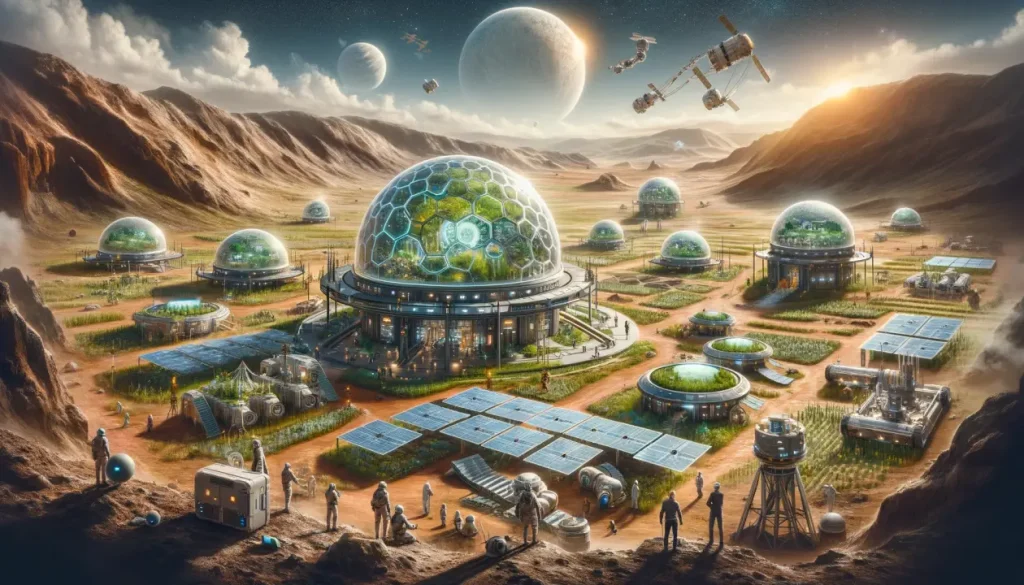
A Vision of a New World
A place like Mars imagined by Elon Musk as a new Earth similar in terms of wonder is both an inspiration and a challenge. Setting up a civilization on Mars calls for unprecedented leaps of innovation across architecture, ecology, and everything in between. The task of getting Mars habitable requires perfect structural resilience, energy-sustained supplies, and biophilic design to make the impossible possible feat for science fiction.
The mission to create Mars as an environment where humanity can eventually thrive is not just about technology but, rather, represents a completely new vision of what our place is in the universe. Once these technologies are introduced, we’re well on our way to becoming a multiplanetary species and Mars marks the first of our great endeavors. Even if Musk’s dream materializes, every single step taken in this mission, further brings us closer to understanding and reshaping, maybe one day, an alien landscape.















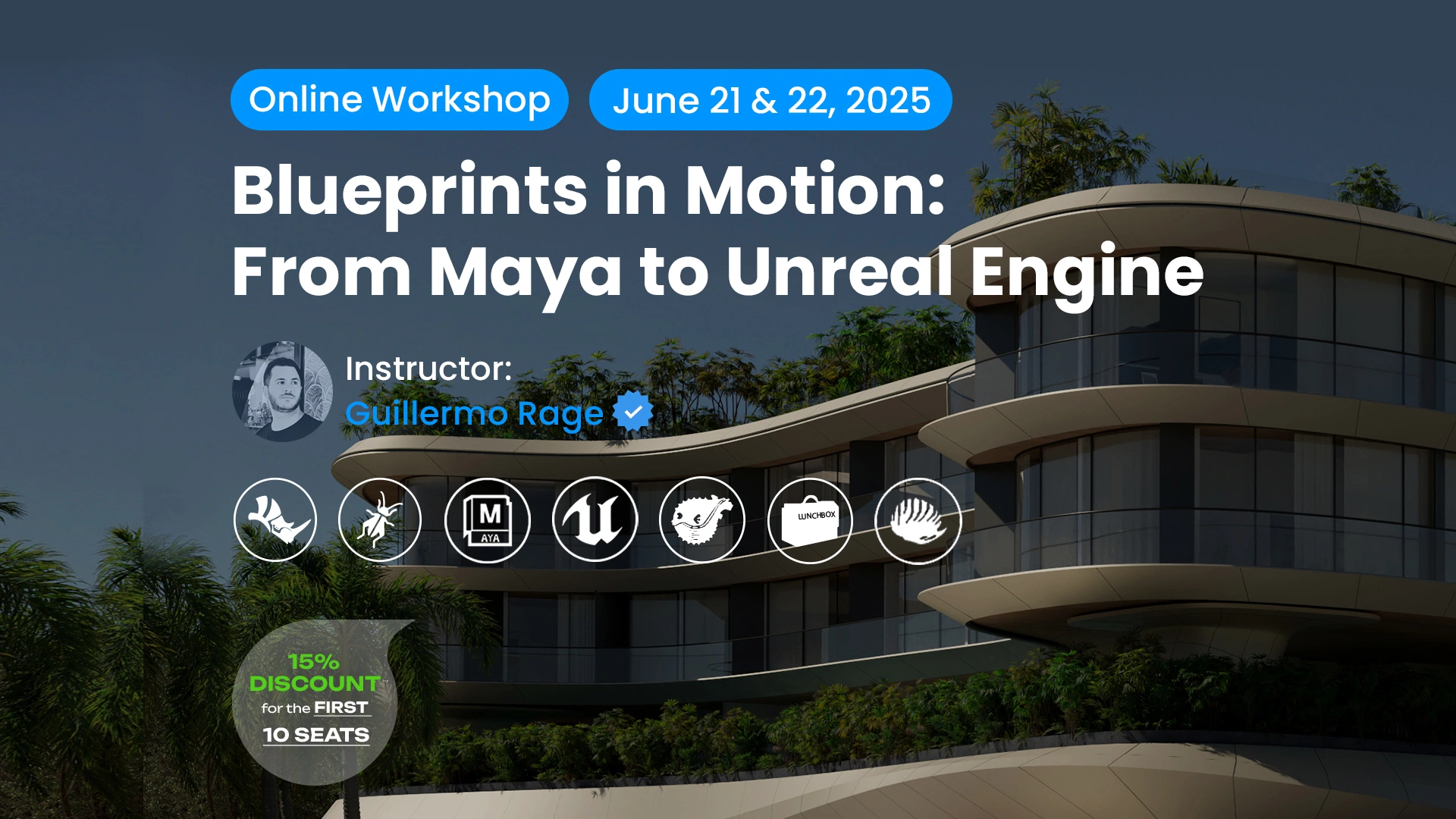


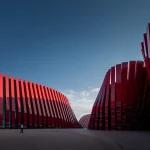
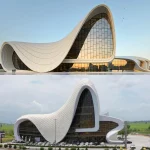

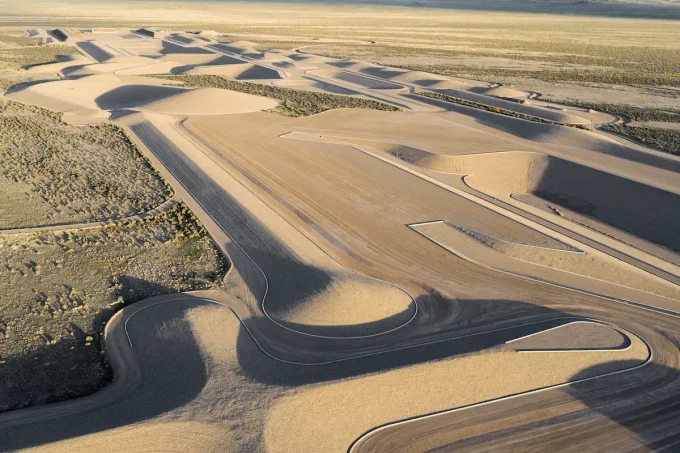




Leave a comment